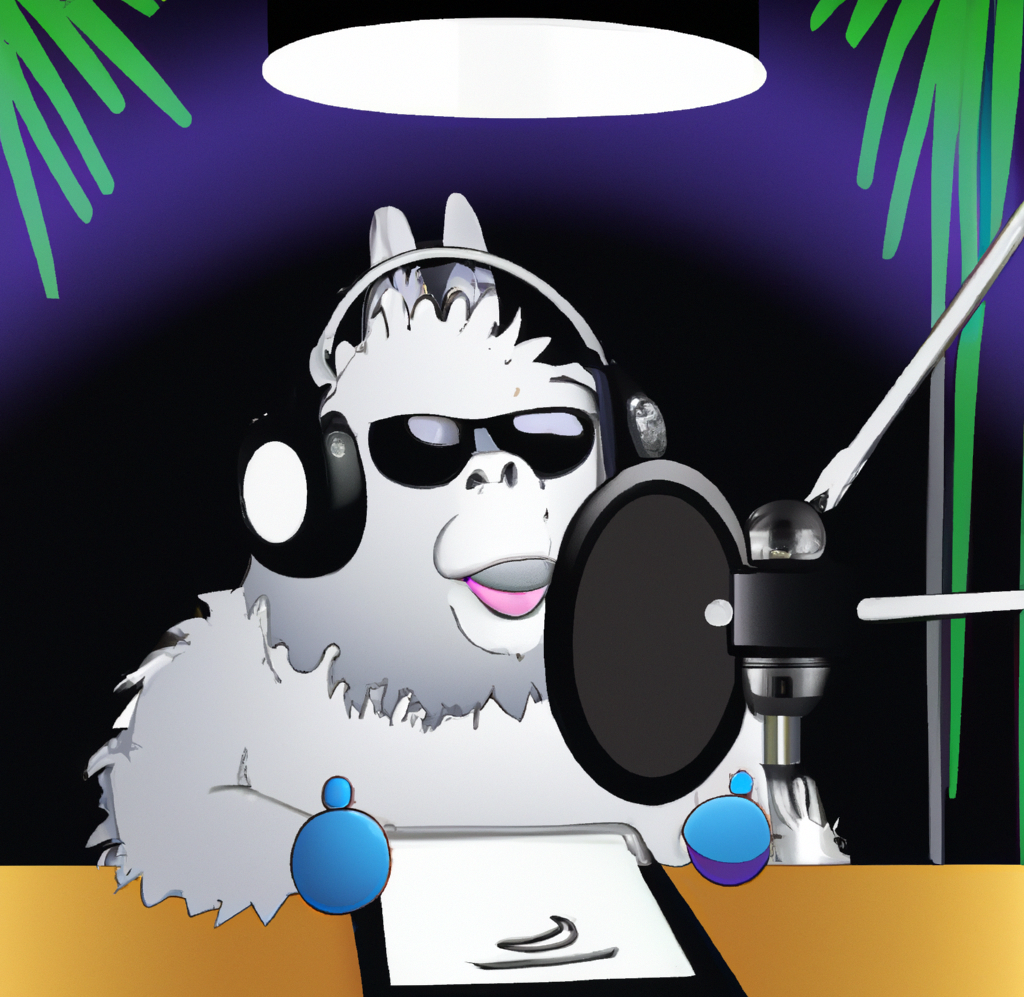Voice acting has come a long way since its inception, evolving in tandem with advances in technology, entertainment, and culture. In this article, we will explore the fascinating history of the voice acting industry, tracing its development from the early days of talkie films to the present day, encompassing changes in recording technology, animation, and video games.
The Emergence of Talkie Films
The history of voice acting can be traced back to the late 1920s with the advent of “talkie” films, which replaced silent movies and introduced synchronized dialogue, music, and sound effects. This revolutionary development created new opportunities for actors who could bring their vocal talents to the screen. Films like “The Jazz Singer” (1927) marked the beginning of the voice acting profession, as actors now had to use their voices to convey emotions and tell stories.
Advances in Recording Technology
The evolution of voice acting is closely tied to advances in recording technology. The invention of the microphone and the development of magnetic tape recording in the 1930s and 1940s allowed for the production of higher-quality sound recordings. This made it possible for voice actors to work in controlled environments like recording studios, refining their performances and ensuring consistent audio quality.
The Golden Age of Radio
The 1930s and 1940s also saw the rise of radio, which became a dominant form of entertainment and communication. Radio dramas, comedies, and serials employed thousands of voice actors, who brought characters to life using only their voices. Iconic radio shows like “The Shadow” and “The War of the Worlds” showcased the power of voice acting to captivate audiences and create vivid, immersive experiences.
The Rise of Animation
The emergence of animation as a popular art form provided new opportunities for voice actors to showcase their talents. Early animated films like Walt Disney’s “Steamboat Willie” (1928) introduced audiences to beloved characters like Mickey Mouse, voiced by Walt Disney himself. Animation continued to grow in popularity, and as the industry matured, voice actors became an essential component of the creative process, giving life to iconic characters like Bugs Bunny, Daffy Duck, and many others.

The Advent of Video Games
The birth of the video game industry in the 1970s and 1980s added another dimension to the voice acting profession. Early video games featured minimal voice acting, often limited to simple sound effects or short phrases. However, as technology advanced and games became more complex, the need for voice acting grew. Today, video games often feature fully voiced characters and cinematic storytelling, providing voice actors with a diverse range of opportunities to showcase their talents.
The Present and Future of Voice Acting
The voice acting industry continues to evolve, driven by advances in technology and the ever-changing landscape of entertainment. The rise of streaming platforms and the increasing demand for content have created new opportunities for voice actors in areas like audiobooks, podcasts, and e-learning. As virtual reality and artificial intelligence technologies develop, the possibilities for voice acting will continue to expand, ensuring that the profession remains an integral part of the entertainment industry.
Summary
In conclusion, the history of voice acting is a fascinating journey, marked by technological advancements, cultural shifts, and the growth of new entertainment mediums. From the early days of talkie films to the present day, voice actors have played a crucial role in bringing stories and characters to life, captivating audiences around the world. As the industry continues to evolve, voice acting will remain an essential component of our entertainment experience.

Comments are closed